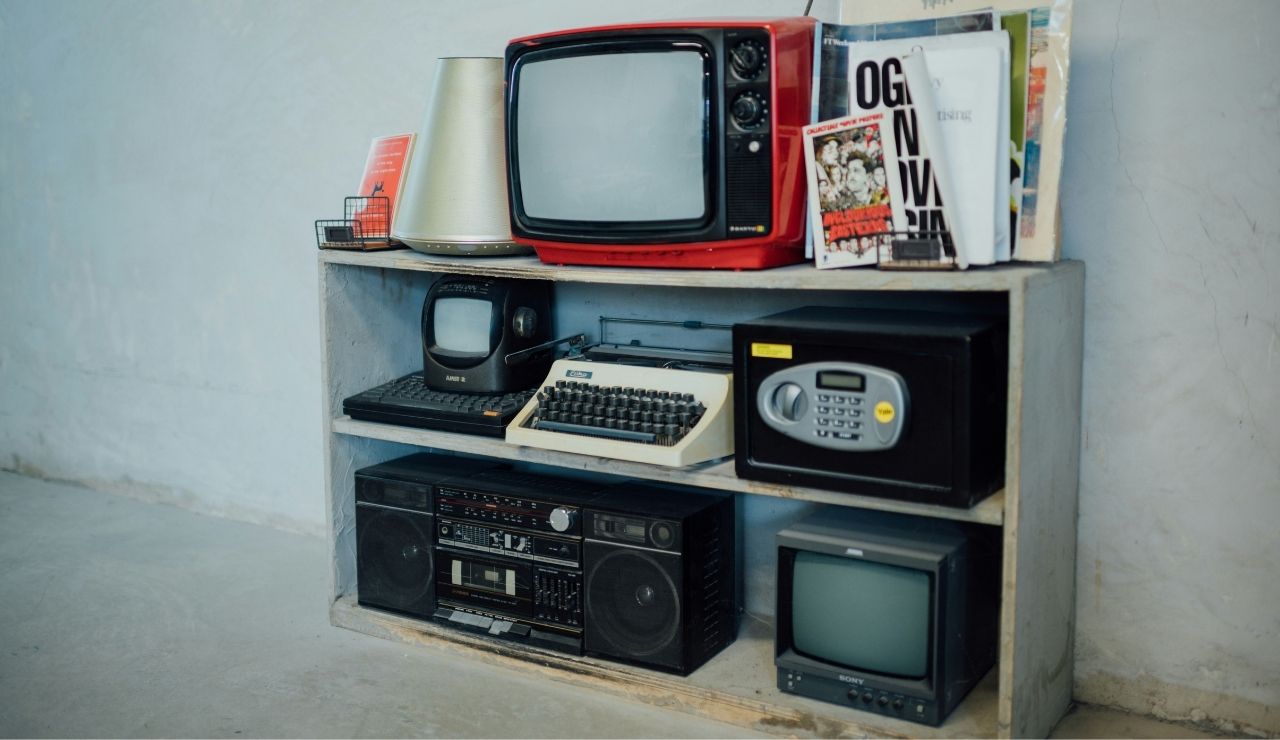The 1980s came with neon colors, loud music, and a very different way of living. Friends made plans in person, music came from tapes, and photos took days to develop. Life moved at a slower pace, and everyday routines took more effort. For today’s teens, much of what shaped that decade would feel unfamiliar or outdated. These twelve examples show how differently the world once worked.
1. Using a Phone with a Cord
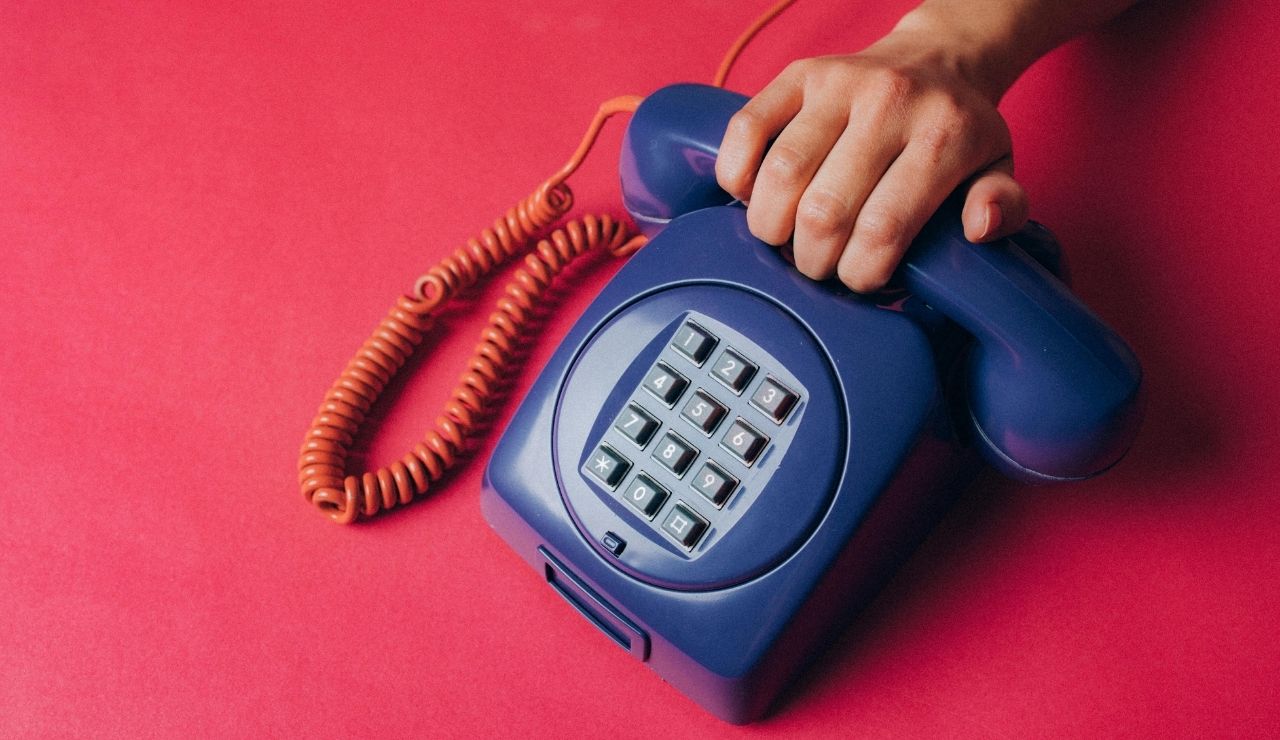
Phones stayed attached to the wall and often had cords long enough to stretch down the hallway. Dialing meant spinning a rotary or punching numbers on a plastic pad. There were no screens, saved contacts, or quick redials. Calling someone required remembering their number and hoping they were home. If someone else picked up, conversations paused until privacy returned.
2. Waiting All Week for Cartoons

Cartoons aired on Saturday mornings only. Kids set alarms to catch them and knew each show’s time slot. There were no streaming apps, and missed episodes stayed missed. Commercials filled every break. Watching felt special because it didn’t happen every day. The wait became part of the fun, and entire weekends were planned around a few hours of animated shows.
3. Using a Pencil to Fix a Cassette
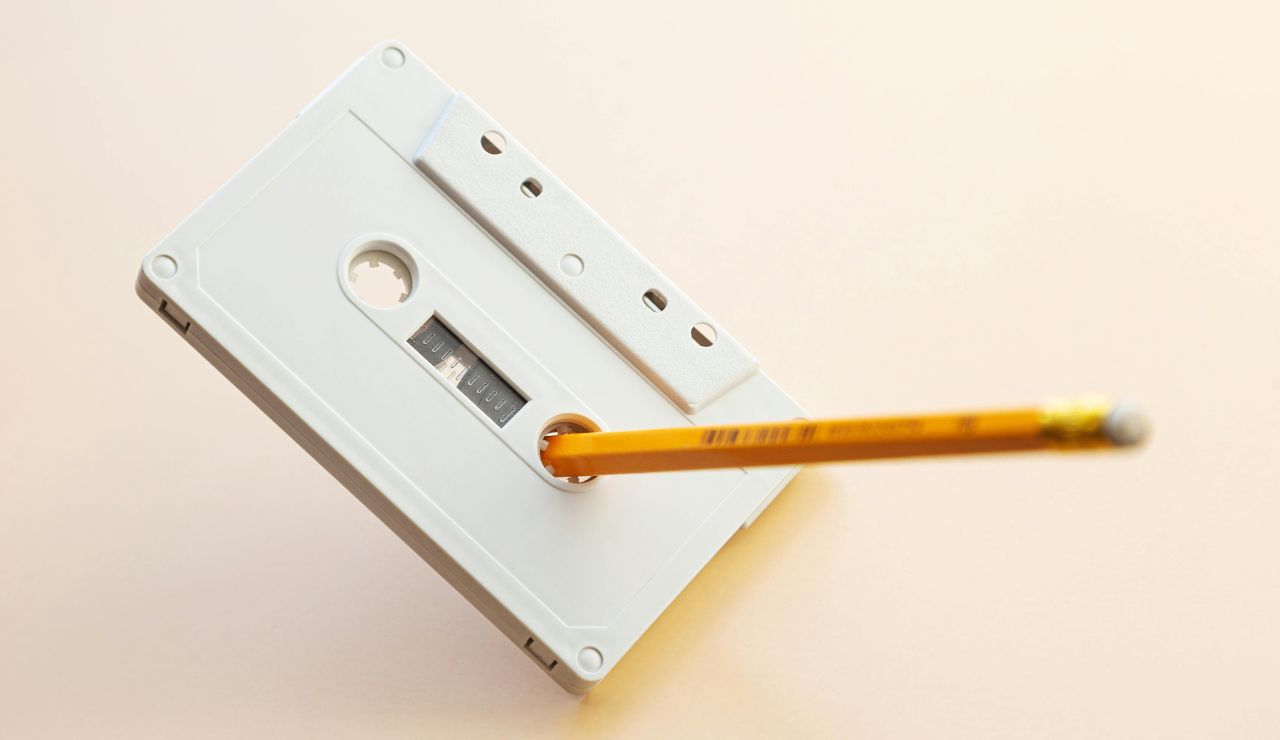
Cassettes played music, but the tape inside often unraveled. To fix it, people used a pencil to wind it back into place. Music could warp, skip, or stop mid-song. Creating mixtapes meant recording each track in real time. There was no shuffle button or playlist generator. Listening to music felt physical and fragile, tied to tiny plastic reels and manual repairs.
4. Getting News Once a Day

Families gathered around the TV for evening news or read newspapers at breakfast. Updates arrived on a fixed schedule, not through constant alerts. Teens learned about world events from parents or teachers, not social feeds. Breaking news traveled slowly, and reactions followed hours later. The pace shaped how people processed stories. Information arrived fully formed, not in fragments.
5. Using a Payphone in Public

Before cell phones, making a call meant finding a payphone, dropping in coins, and dialing fast. Long-distance calls cost more, so people spoke quickly. Numbers were written on scraps of paper or memorized. Privacy was limited. Anyone nearby could overhear. Missed calls stayed missed. If plans changed, there was no easy way to notify anyone. Being reachable was not guaranteed.
6. Watching Movies on a VCR
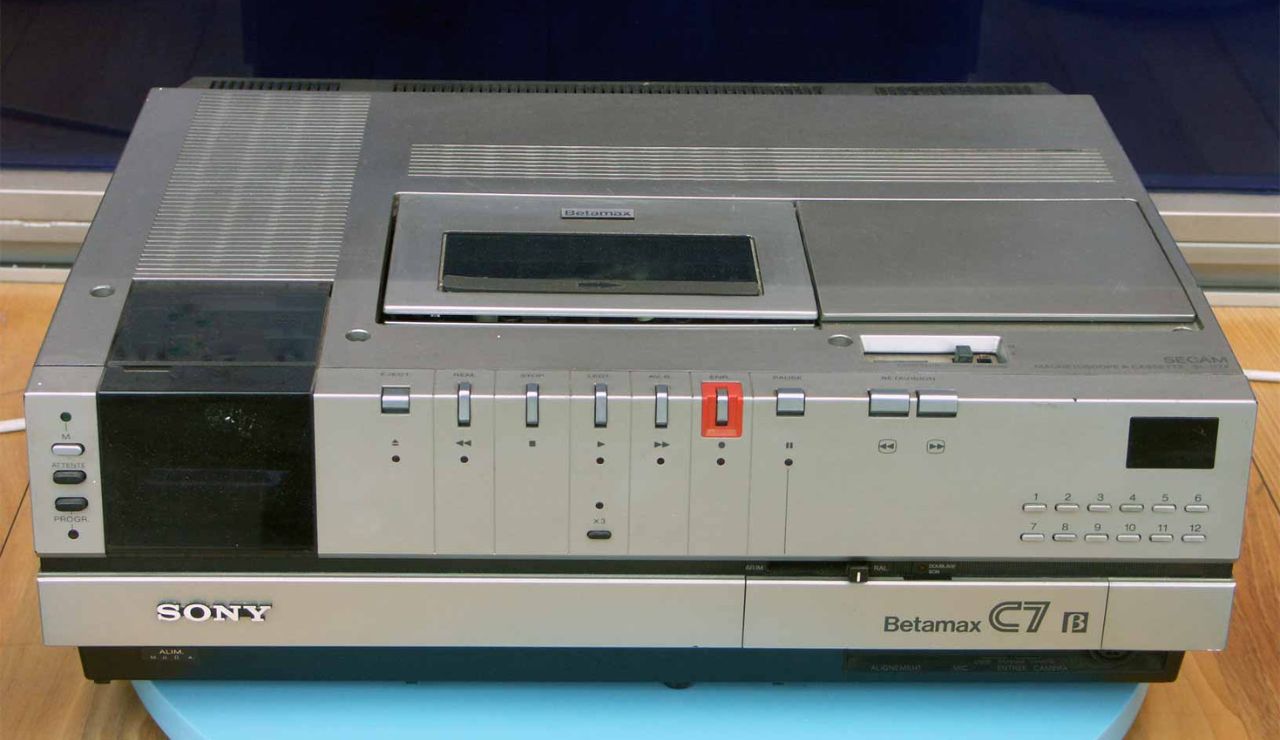
Watching a movie required renting a VHS tape, inserting it into a VCR, and hoping no one forgot to rewind it. The screen often showed static or tracking lines until adjusted. There was no pause-and-resume across devices. The tape had to be returned on time to avoid a fee. Movie nights included setup, patience, and the sound of a tape clicking into place.
7. Typing Homework on a Typewriter

Students typed essays on machines with no delete key. Errors required restarting or using correction tape. Every word demanded focus, and the clacking keys echoed through the room. Formatting involved manual spacing and alignment. There were no fonts, copy-paste tools, or spellcheck. Finishing an assignment meant more than writing. It tested patience and precision.
8. Using TV Antennas for Better Signal

Television sets came with antennas that needed adjusting for a clear picture. Someone often stood beside the TV, moving the antenna while another shouted from across the room. Signals cut out during storms or when someone walked by. Channels were limited, and static was common. Watching a show took effort, and sometimes the screen never stopped flickering.
9. Memorizing Phone Numbers
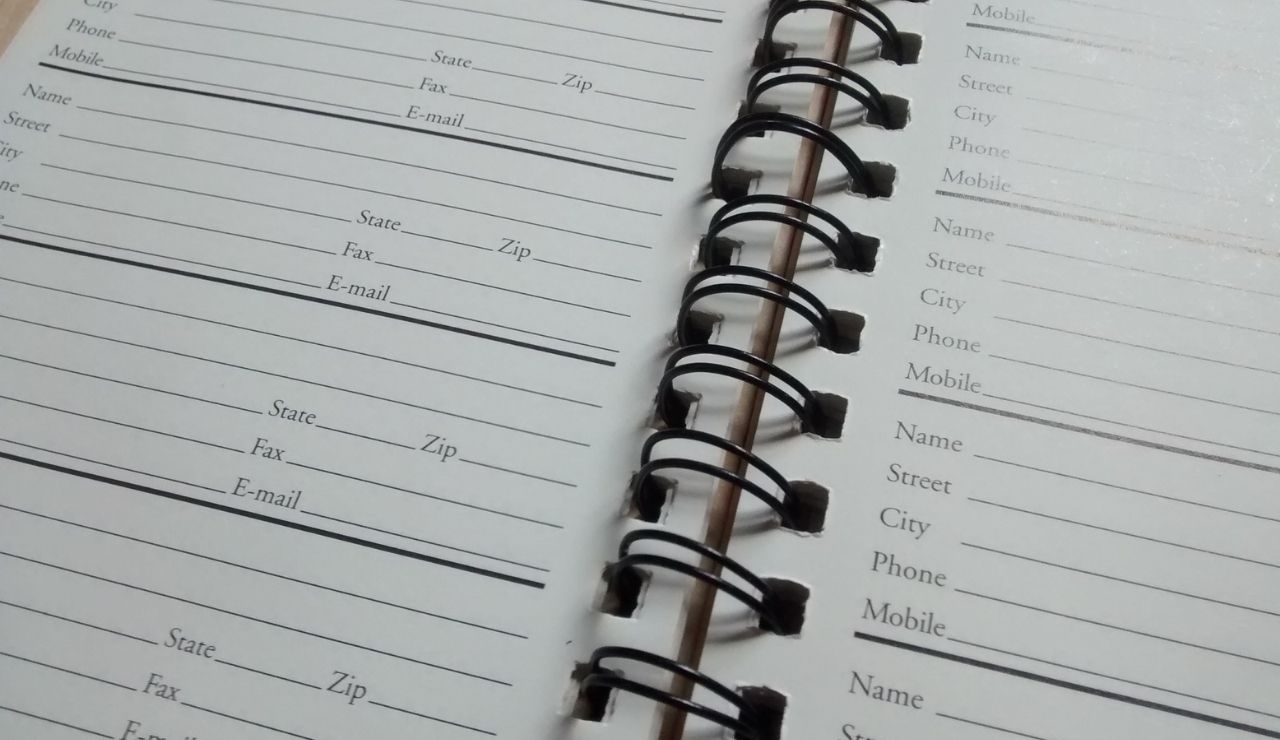
Teens in the ’80s remembered the phone numbers of friends, relatives, and emergency services. Contacts were written in notebooks or stuck on refrigerator doors. Losing a number meant losing the connection. There was no digital backup or synced address book. Remembering a number showed closeness. Forgetting one could mean missing out on an entire friendship.
10. Using Physical Maps for Directions
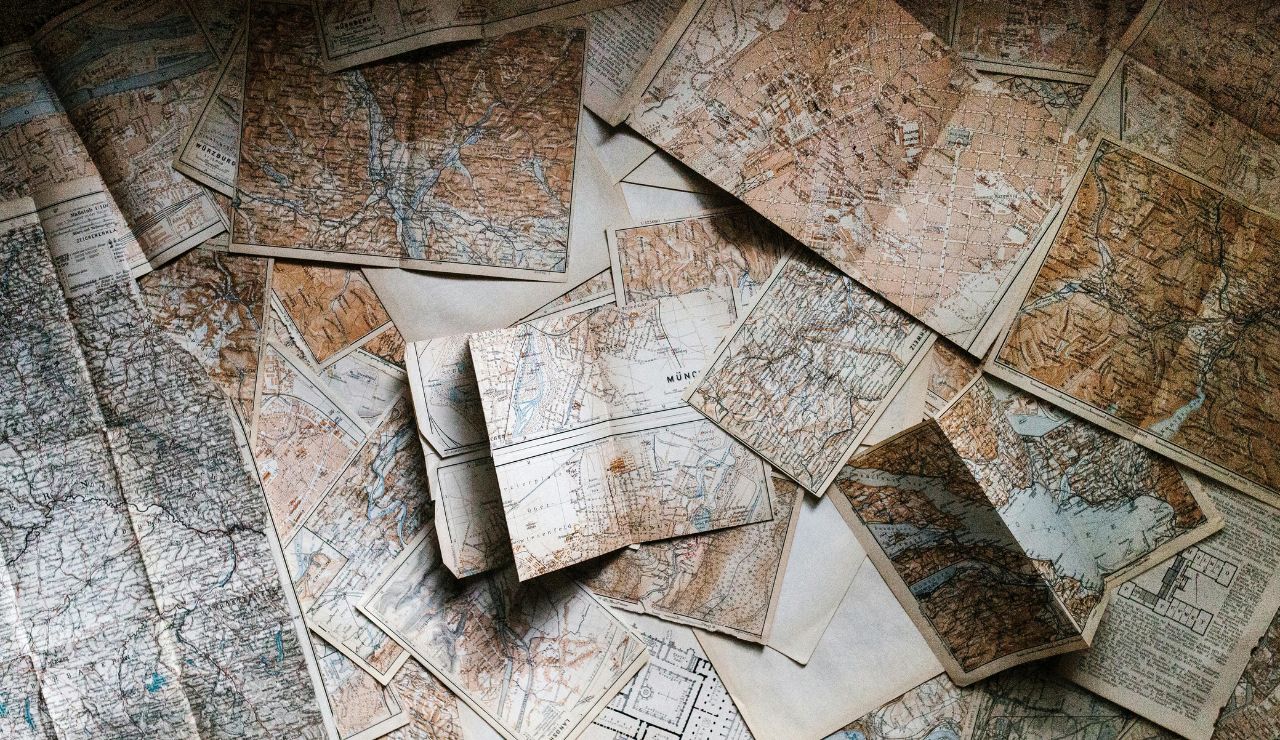
Road trips and daily errands required paper maps. Drivers unfolded large sheets, found street names, and planned turns before leaving. If they got lost, they pulled over and checked again or asked someone nearby. There was no real-time navigation or rerouting. Arriving on time meant strong planning. Wrong turns taught geography better than any app could.
11. Using Carbon Paper to Make Copies
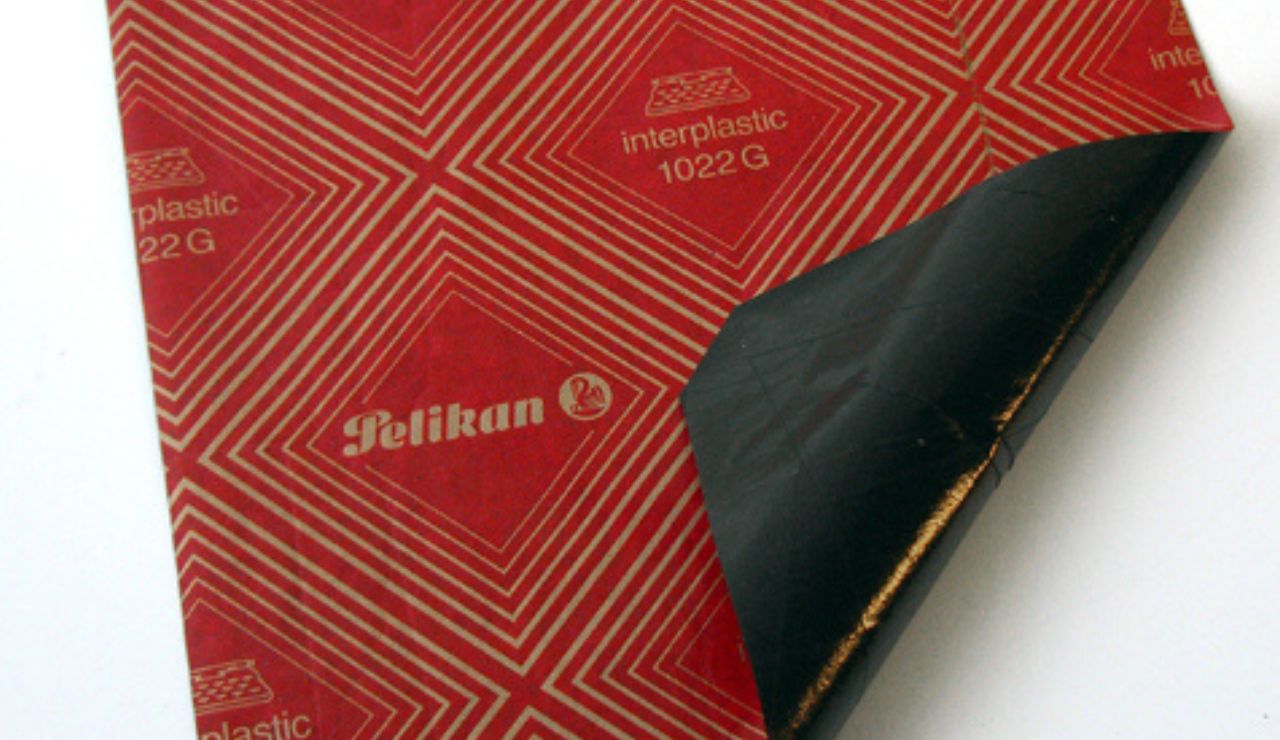
Making a duplicate of a document meant inserting a sheet of carbon paper between two pages. Whatever got typed or written on the top page left an imprint on the one beneath. This method was common in schools, offices, and stores. Copying wasn’t instant or automated. Each mistake affected both pages. Clean copies required careful pressure and alignment, not a single click.
12. Using a Walkman to Play Music
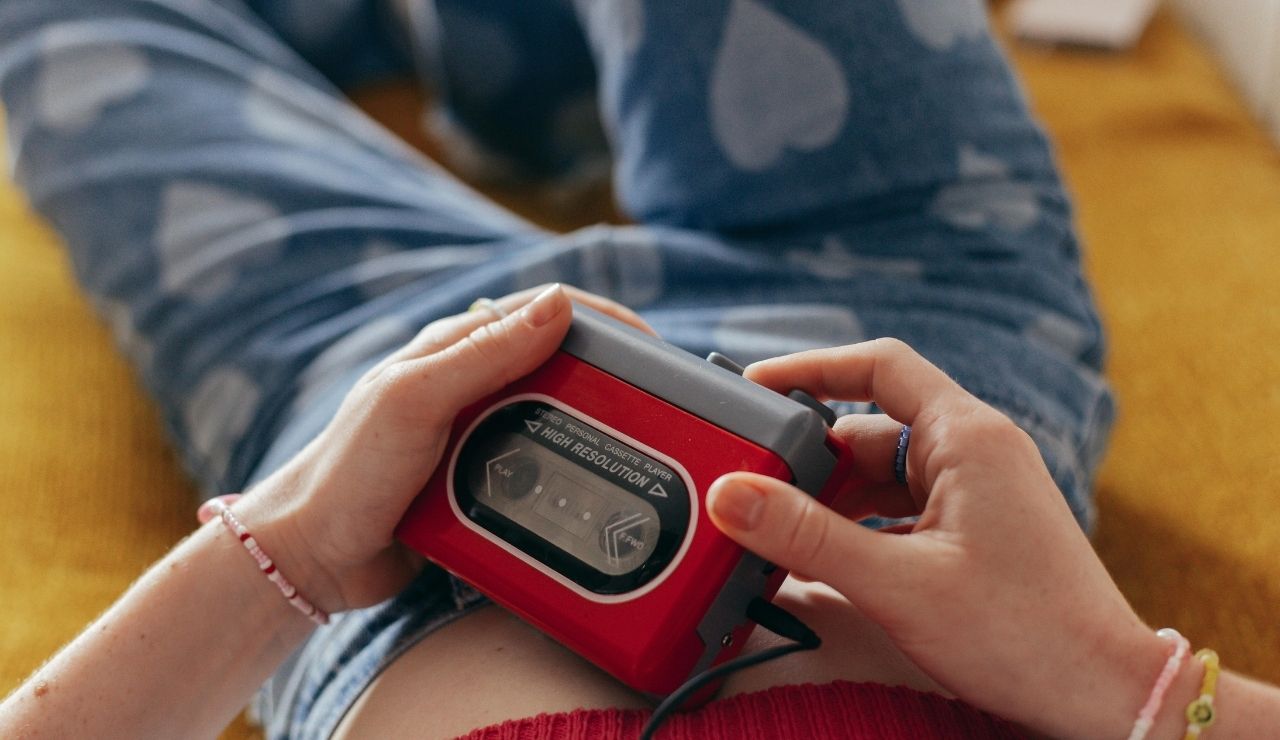
Portable music came from cassette players known as Walkmans. Users carried tapes in their pockets and flipped them to hear the other side. Batteries powered the device, and running out meant silence. Headphones had wires, and the sound sometimes crackled. Changing songs took effort, and skipping tracks wasn’t guaranteed. Music on the go existed, but it required planning and patience.
